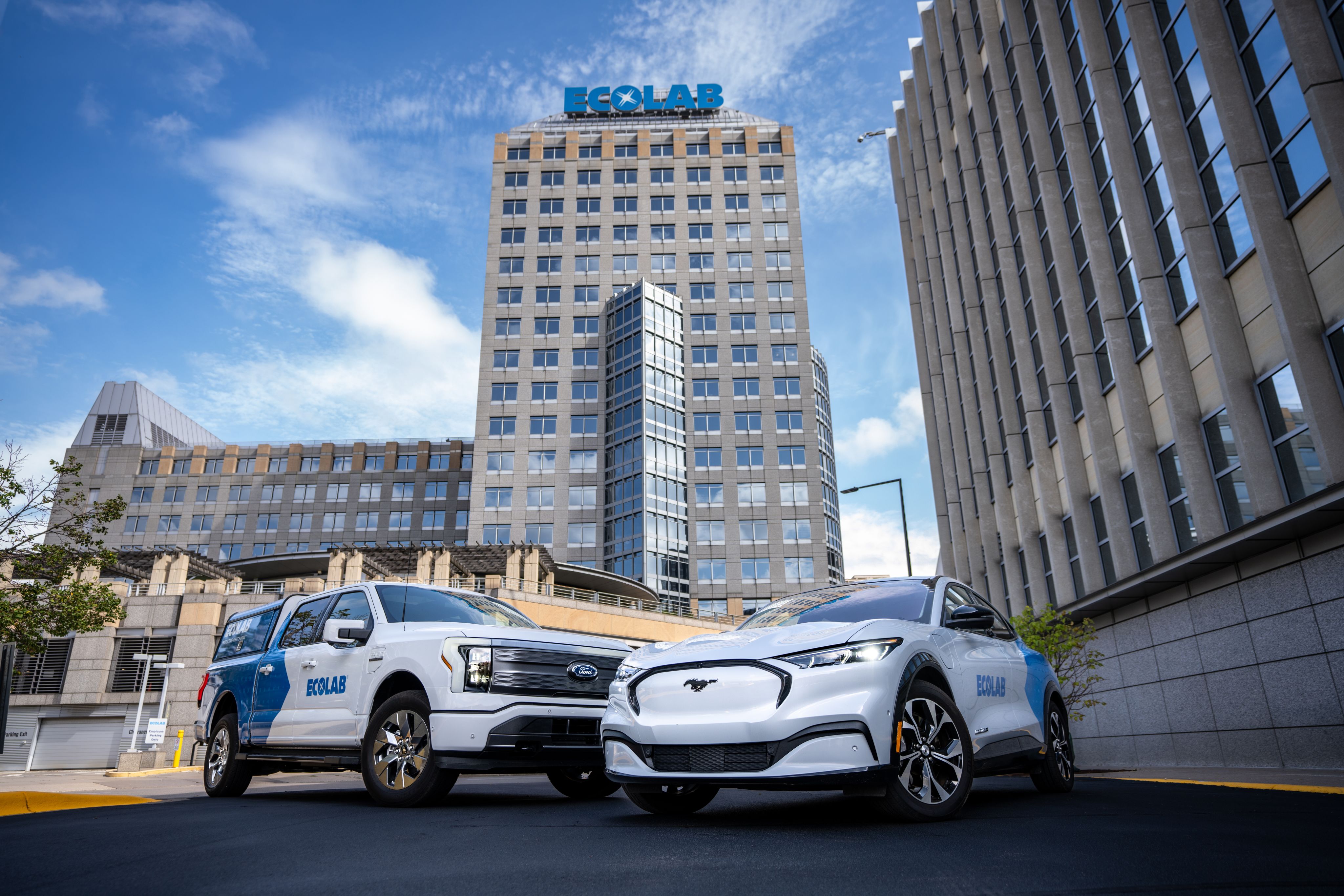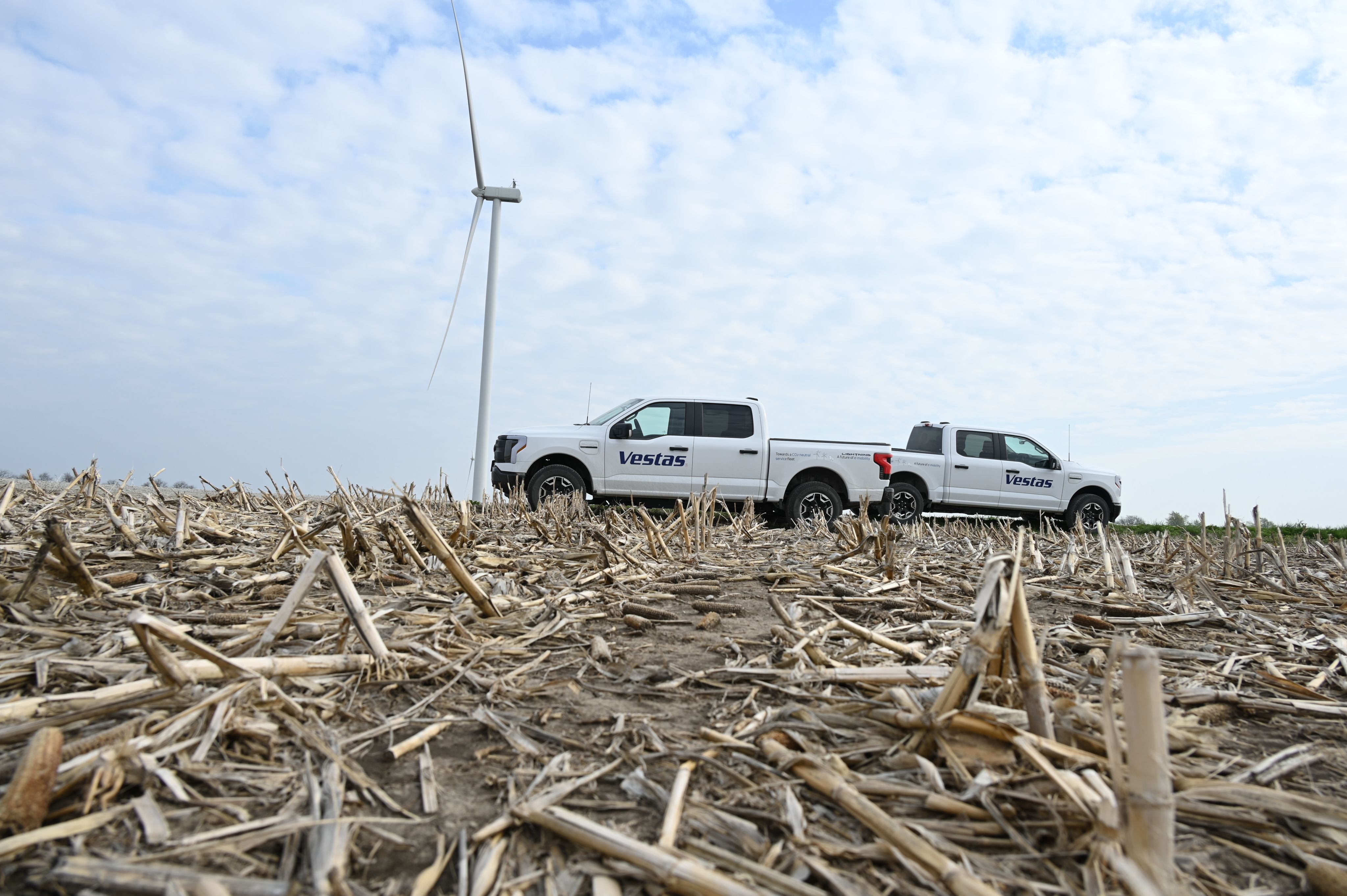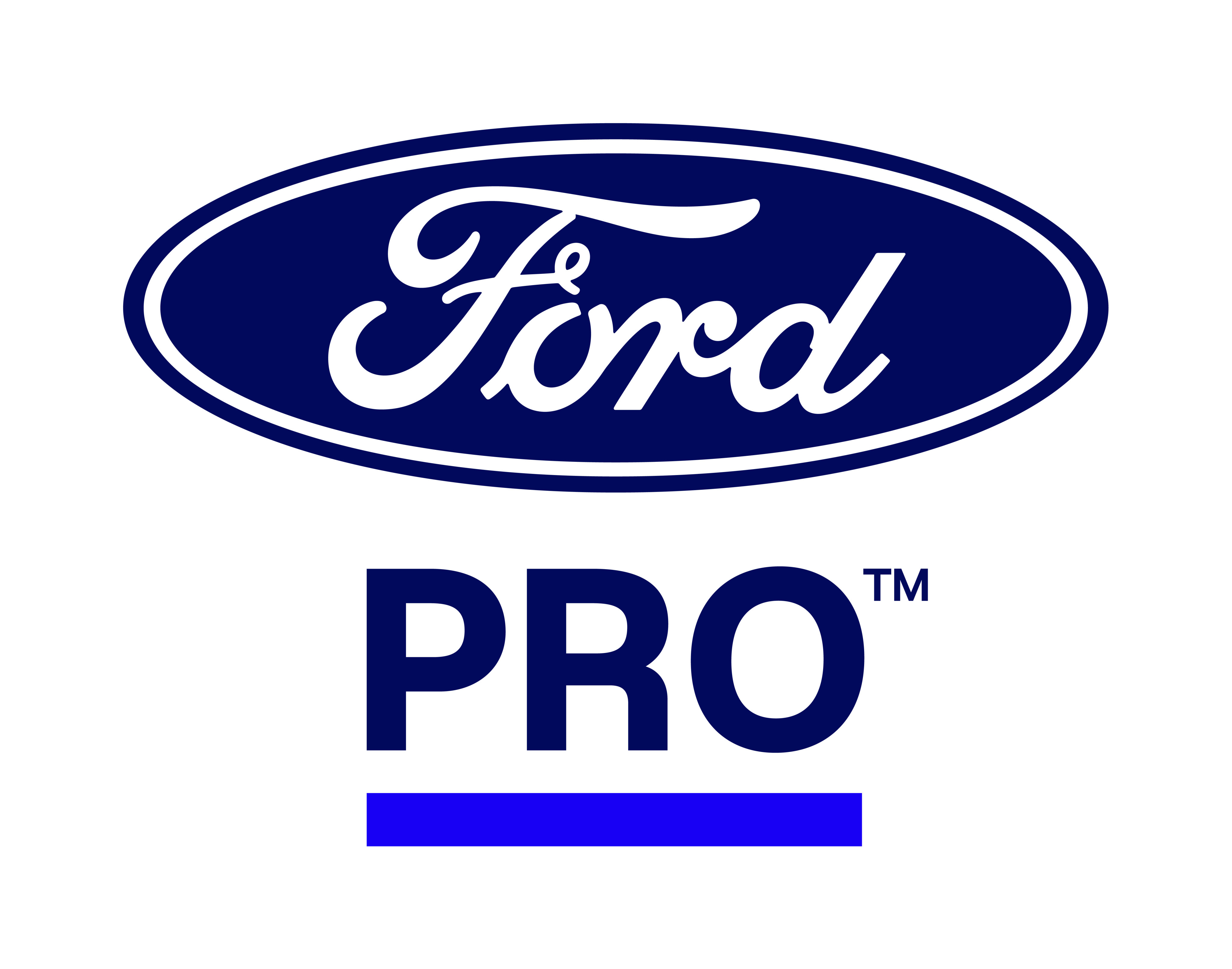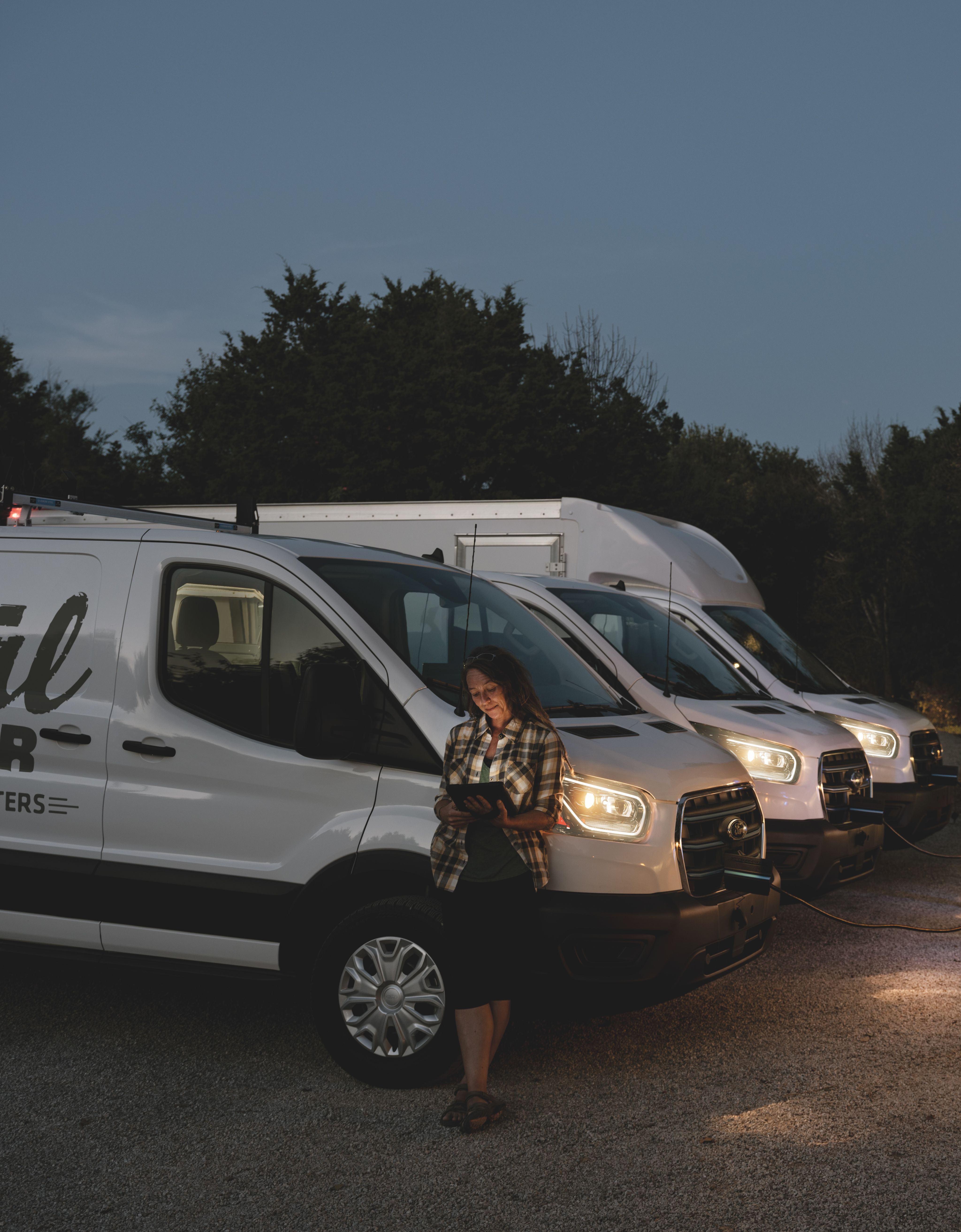Enabling Electrification: Insights from Ford Pro
What It Takes for Businesses and Cities to Adopt and Benefit from Electric Vehicles at Scale

One of the things I love about my job is getting out and talking to people who drive and rely on our vehicles—whether that means connecting with customers over their business challenges or, in this case, engaging with some of the brightest minds about technology as an enabler for business. A couple of weeks ago, I attended and spoke at MIT EmTech 2024. I felt deeply inspired after being surrounded by brilliant people focused on applying groundbreaking technology to build a better future.
We see electrified vehicles and the digital innovation that comes with them as one of those groundbreaking technologies. Accelerating the transition to electric vehicles is a hot topic, and for good reason.
As a commercial vehicle leader1 for decades and with three years of our first-generation electric vehicles in the market—Mustang® Mach-E® SUVs, E-Transit™ vans, and F-150® Lightning® trucks—Ford Pro™ is actively shaping the conversation by learning from the companies and communities implementing them.
During my “Productivity Electrified” fireside chat, I shared key insights from our journey with our business and government customers who are leading large-scale electrification today. We believe the commercial sector will continue to lead the electric vehicle revolution, much like businesses spearheaded the early adoption of computers. A lot can be applied from what we learn here to the early majority.
What Business Is Teaching Us
We’re proud to serve a diverse range of commercial customers—from construction and delivery companies to agriculture and municipalities—each with its unique needs and operational realities. The lessons we’ve learned from them can serve as a blueprint for decision-makers navigating an electrified future.
Commercial customers view vehicle acquisition through a different lens than personal buyers. While personal buyers may prioritize an emotional connection to a brand and aesthetics, businesses, public agencies, and organizations focus on their operational and practical needs, including total cost of ownership (TCO) during the lifecycle of the vehicle and vehicle performance to get the job done.
Yet only 6% of fleet decision-makers and business owners surveyed have adapted their TCO calculations to account for electric vehicles,2 which means they are overlooking a compelling business case to go electric. Electric vehicles’ overall TCO is often lower due to lower fuel costs and lower scheduled maintenance costs. For example, scheduled maintenance costs for the E-Transit™ van are estimated to be 48% less than the average scheduled maintenance costs for a gas-powered 2024 Transit® van over 5 years/75,000 miles (whichever comes first).3
Our connected vehicle solutions validate these observations. Ford Pro™ Intelligence4 monitors and analyzes more than 1 billion datapoints from Ford commercial vehicles per day.5 One customer determined that his company saved nearly $6,500 per E-Transit van annually on fuel, service, and operating costs using our electric-vehicle-specific software, Ford Pro™ E-Telematics,6 for real-time data.
Incentives and tax breaks for vehicles and charging infrastructure can also help to lower upfront costs, an additional electrification “dollars and cents” benefit for businesses. Ford Pro electric vehicles potentially qualify for up to a $7,500 commercial tax credit through the Inflation Reduction Act.7 Customers can also receive up to a 30% tax credit (maximum of $100,000) on charging and alternative fuel equipment and installation costs.7
The Right Tool for the Job
Even as the adoption curve of electrification continues, our customers will still need gas, diesel, and hybrid vehicles for some time. Work takes many forms, and vehicles are important tools that must address the requirements of the job. Commercial electrification hinges on capability: Is the electric vehicle the right tool for the job? Requirements for heavy-duty towing and hauling may be better suited to other powertrains. That’s why we provide the choice of the right powertrain for the job—so we can serve all customers as they transition to electric vehicles over time.
Fortunately, rapid technological progress is constantly expanding potential use cases for electric vehicles. For example, wind turbine company Vestas, whose North American fleet consists of 1,800+ vehicles, initially struggled to find an electric vehicle spacious enough for technicians’ tools and powerful enough for rugged wind farm terrain. With the introduction of the F-150® Lightning® electric truck, Vestas found a solution—and has since integrated hundreds into its North American fleet, along with Ford Pro™ chargers.
Range is another common concern. However, our analysis of more than 2.5 million trips (totaling 30 million miles) using Ford Pro™ Telematics4 revealed that the average daily range for commercial vans in the United States is 74 miles—well within the estimated range of most electric vehicles.8





